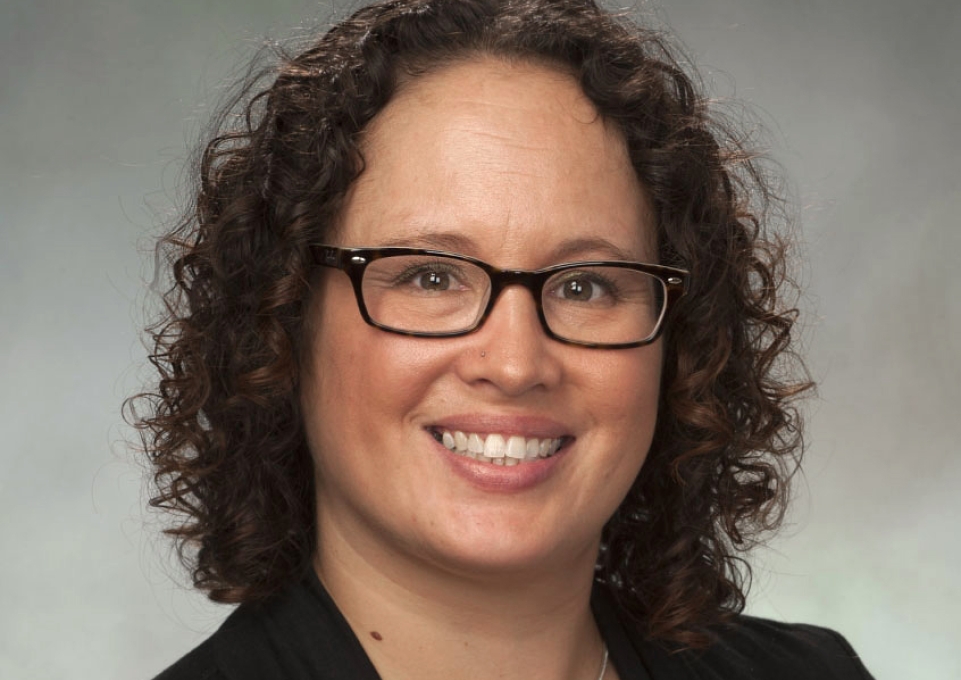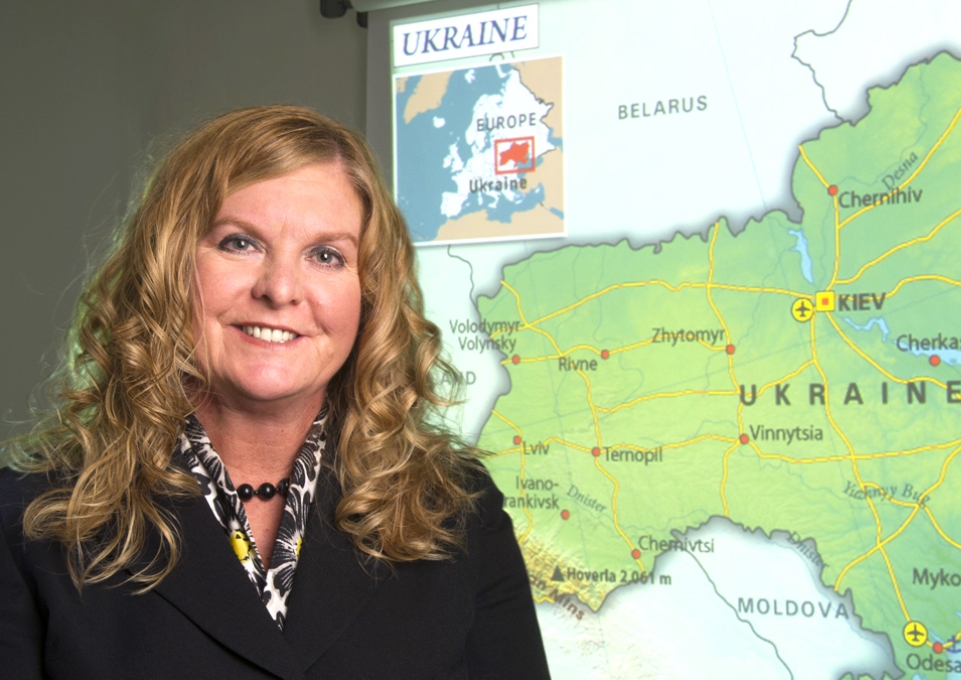
Lorna Pérez
When Buffalo State associate professor of English Lorna Pérez studied literature as an undergraduate in 1990s, only one book by a Latina writer—Sandra Cisneros—was in the mix.
A New World of Reading
Now that Pérez leads her own classroom, she ensures that the next generation of students is introduced to a range of Latino/a writers and literary experiences in all her courses.
Pérez, whose undergraduate and graduate offerings include Contemporary Literature, Studies in the Novel, and American Regional Literature, also created a Latino Literature course two years after arriving in the English Department in 2008. It’s now offered every semester.
“Overwhelmingly, Latino students sign up. Many are not literature majors. I get a lot of students who are interested in reading literature that reflects their backgrounds,” she said. “They get to talk about what it means to be Puerto Rican or Dominican.”
Cultural and Historical Context
After growing up in Stockton, California, the daughter of a Puerto Rican father and Caucasian mother, Pérez attended graduate school at the University at Buffalo. Her dissertation examined the metaphor of the house that is used repeatedly in Latino literature.
“I think Latinos have been left out of American discourse. The symbolism of the house is making a claim to ownership, showing that we belong here,” she said. “What many people don’t realize is that the Latino presence in the United States is a direct result of colonialism and imperialism. What I try to convey to my students is that the U.S. is an empire, which is not exclusive to the country also being a democracy.”
She said she tries to weave historical context into each of the four sections of her Latino literature courses—Mexican/Chicano, Puerto Rican, Cuban, and Dominican. Seeing the differences among them affects students’ worldview.
“They then question why do we make labels? How are they useful or not?”
I get a lot of students who are interested in reading literature that reflects their backgrounds...“They get to talk about what it means to be Puerto Rican or Dominican.”
The Need for Inclusion in Literature
In the 1990s, the publishing world experienced a boom in Latino/a literature.
“This correlated with an explosion in Latino culture of all sorts—pop stars and other cultural figures,” Pérez said.
And after years of homogenous characters in children’s literature, the last decade also has included more multicultural books written for children, which is important as an increasingly diverse population wants to see children like themselves in stories.
“A lot of writers who gained fame in another context have turned toward writing children’s literature—Junot Diaz and Cisneros are two examples—for the very reason that there is a need,” she said.
Likewise, in adult literature it’s powerful for students to see themselves represented in literature, to realize they are not isolated islands, she said.
Although more Latino/a literature is being published, Pérez said she’d like to see better representation of Afro-Latino writers, along with more queer and transgender writers and characters.
“I’d like to see books that are truly intersectional,” she said. “Many people have been silenced, but there is a concerted effort to integrate others into the discourse by making adequate room for them in literature.”



